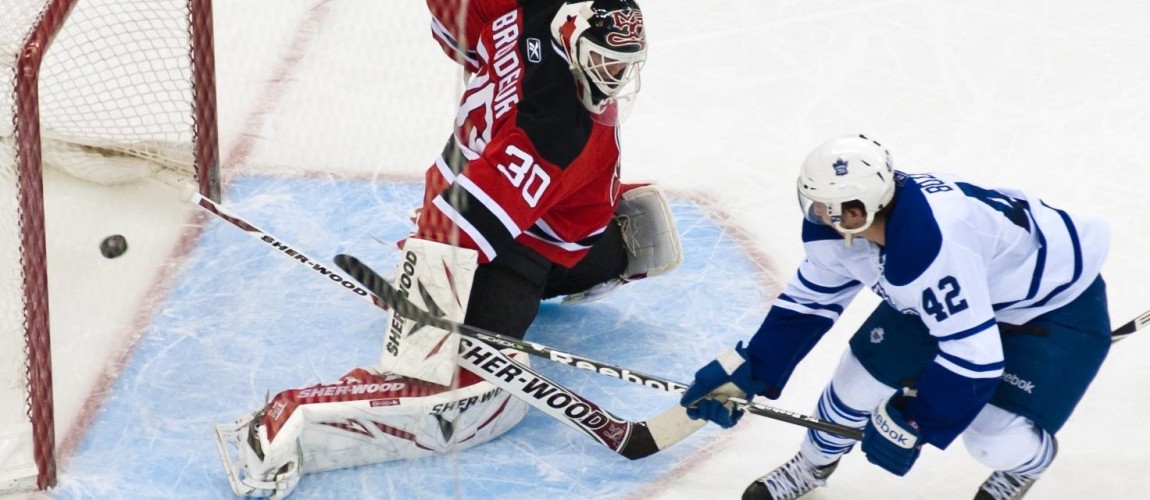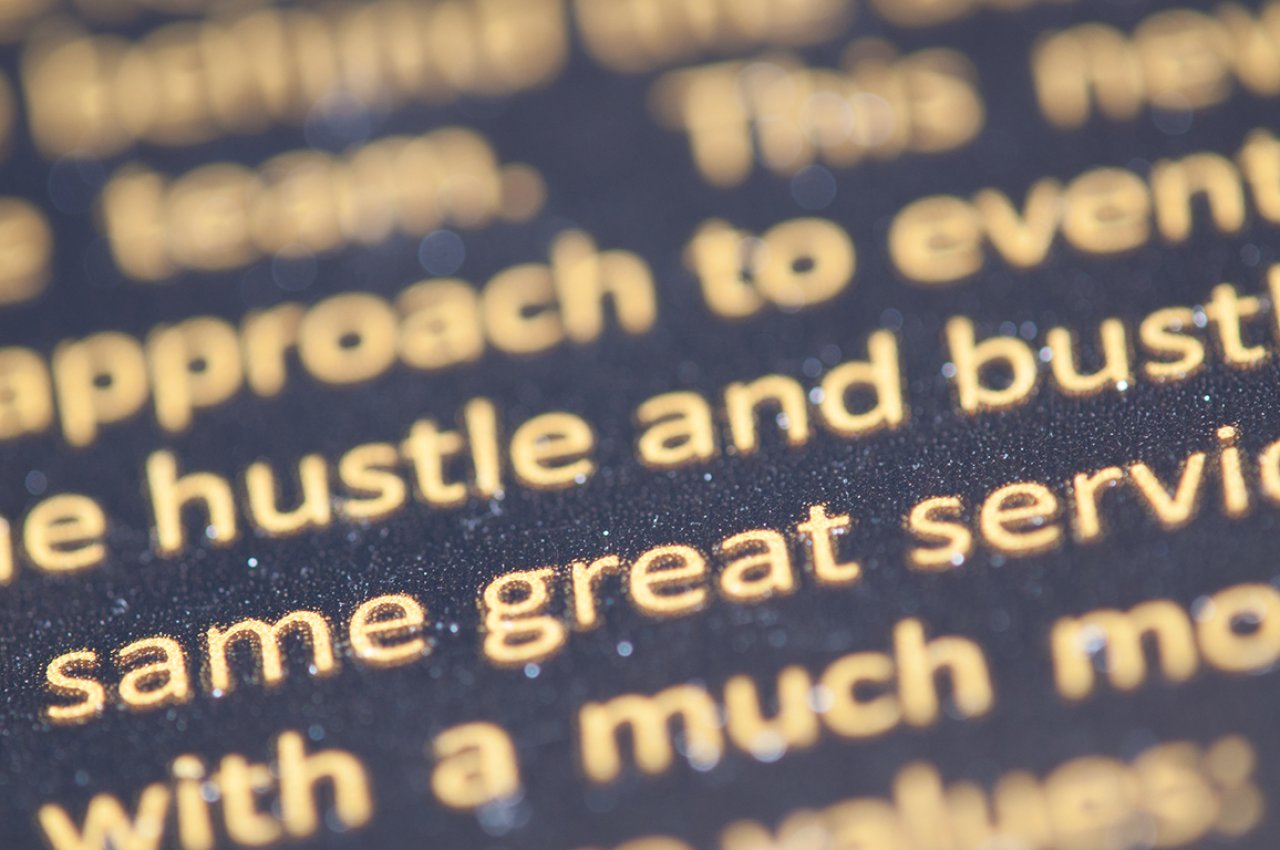Industry Insights
What Sports Can Teach You About Marketing

When you think of your brand, what’s the first thing that comes to mind? My guess is that you think it’s your logo. You wouldn’t be wrong, but there’s a lot more to your brand than what you put on your uniforms and trucks.
Many people think this way today. They hear phrases like “brand name” and think it just means a name or a logo. But a brand is so much more than that. Thinking too narrowly about your brand prevents you from connecting with your customers. And when that happens, you’re setting yourself up to miss out on sales.
We’d like to show you a better, more relatable way to think about your brand. We're going to look at what professional sports — something a lot of us love — can teach us about branding and marketing.
1. Sports tap into our “stockpile” of memories & nostalgia
We choose which businesses or companies to buy from based on their brand. But when we’re talking about a brand, we’re talking about more than a name or logo. In the words of Marty Neumeier…
“A brand is not a logo. A brand is not an identity. A brand is not a product. A brand is a person's gut feeling about a product, service, or organization.”
Marty Neumeier
Your logo is an extremely important piece of communication for your brand — kind of like a flag is for a country. It’s how your customers recognize your business and remember you. But your logo is just one part of this larger collection of pieces that make up your brand’s story. It represents something much bigger than itself.
The best sports teams have a brand in the same way that your business does. Many of the top-selling companies in the world do too. What they’ve done is built on years and years of consistency. They’ve told the same story over and over again.
The end result is a sense of trust built between company and customers. It’s the same trust you put in the coffee you drink each morning, the truck you drive, or the tools you choose to use. In sports, it’s a trust between team and fans. You can’t always expect your favourite team to win, but you CAN always expect is the same exciting experience, the same community of fans and the same thrilling game.
It’s why videos like this one are so effective.
Did you feel the story they tapped into there? If you’re a Leafs fan, I’m sure you loved watching that. Even if you’re not a Leafs fan, I bet you still felt something. Whenever I watch it, I get goosebumps.
What is it about hockey — or any other sport — that us humans love so much? Why do we choose to cheer for certain teams? It’s because hockey — and other sports — have a sort of “mythology” to them. Through an interesting mix of history, memories, nostalgia and a bit of brain chemistry, us fans feel something for our teams.
I personally love the Leafs and “bleed blue” because I grew up cheering them on. As a kid, I’d sit next to my grandfather or cousins watching the Leafs on Hockey Night in Canada. Soon, it grew to mini-stick games in my friends’ basements. Next thing I knew, I was collecting O-Pee-Chee hockey cards of my favourite players.
Elementary school saw me playing road hockey games during recess. Whenever my dad was going to Canadian Tire, I’d tag along just so I could look at the equipment. (I remember one memorable Christmas when my family made me go on a scavenger hunt for my big gift for the year — the most beautiful Louisville road hockey goalie pads I think I’ve ever laid eyes on.)
By the time I was almost a teen, it was a full-blown obsession. I begged and begged my parents to “please let me play hockey!” down the road at the Jordan Arena. After much pleading, my parents finally caved. I was signed up to play Peewee hockey at age 12.
I remember my mom and sister coming home from a garage sale with a full set of used hockey equipment. As I strapped on the pads and pants for the first time, I felt like a new person. I was finally doing what I had my favourite Leafs plays do on TV for years and years. My childhood dream was coming true.
Maybe you have a similar story. And maybe it’s not necessarily about hockey, but about soccer, football or basketball.
The point is, we choose to follow certain sports teams based on our memories and experiences with them. The same goes for the brands you buy — and for your business.
Think about it. Why did you choose…
- A Dodge or Ford pickup truck?
- A Timmies or a McDonald’s coffee?
- A John Deere or a Kubota tractor?
- A Bosch or DeWalt saw?
- A Ryobi or a Ridgid drill?
You’ve bought into their story. Which brings us to our next point…
2. The most popular sports teams tell us stories & invite us into them
There’s a reason that sports teams are so effective at tapping into our memories. It’s because the most popular teams are telling us a story — and inviting us to be part of the story — every single night.
In their book Made to Stick, authors Chip & Dan Heath talk about a man named Roone Arledge. Back in the 1960s, most sports game coverage was crude. Most stations set up cameras, focused on the field (or rink) and waited for something to happen in front of them. But Arledge had an idea that would change how sports were broadcast forever.
In a memo to his bosses, this is what he wrote…
“Heretofore, television has done a great job of bringing the game to the viewer — now we are going to take the viewer to the game! … After our opening commercial billboards, instead of dissolving to the usual pan shots of the field we will have pre-shot film of the campus and stadium so we can orient the viewer. He must know that he is in Columbus, Ohio, where the town is football mad; or that he is part of a small but wildly enthusiastic crowd in Corvallis, Oregon. He must know what the surrounding country and campus look like, how many other people are watching this game with him, how the people dress at football games in this part of the country, and what the game means to the two schools involved.”
Roone Arledge
This memo was three pages long, detailing a new vision for broadcasting sports. The strategy was to tell the viewer a story and invite them into it. By giving viewers more context, people who wouldn’t normally have cared began to take notice. He may not have known it at the time, but Arledge was tapping into the universal power of story.
Today, all professional sports are broadcast so that we all feel like we’re part of a story each night. And this story is part of a larger, never-ending narrative that our team is following.
What does this have to do with your marketing? Everything! Stories are how we, as humans, make sense of the world. They’re also how we choose products & services to buy… and businesses to support.
So when it comes to your business, think about whether you’re inviting your customers into your story. Have you identified their problems and told them how you’ll solve it? Do they know what you stand for? Are you telling them these things in a clear way?
3. Sports make use of our need for relationships & community
We all want to be part of something bigger than ourselves. When you or I watch or play sports, we’re taking part in a ritual that connects us to a larger group.
Let me give you an example. During the 2010 World Cup, I remember following the Dutch team’s journey all the way to their heartbreaking loss in the finals to Spain. Maybe you were cheering, “Hup, Holland, Hup!” with me. I loved following along that summer (well, outside of constantly hearing the mosquito-like drone of the vuvuzelas all the time). I went to friends’ houses to watch the game, sported a bright orange Van Persie jersey whenever I went out and bought a KNVB flag to fly from my car’s window.
When I did this, I was connecting myself to a tribe of people. We were all supporting the same team — together! If you’re a sports fan, you want to belong. You want to be included in a tight group. Surround yourself with fellow fans and you’ll instantly feel connected to others.
Top-selling brands have a way of connecting us with a “tribe” of like-minded people. It’s nice to know that we’re a part of a group that supports the Leafs, or the Blue Jays, or the Raptors.
A great example comes from the Toronto Raptors' recent championship win. This past summer, they became the first (and only) Canadian team ever to win the NBA finals. A lot of us tagged along for their epic ride through the playoffs.
Unless you’re living under a rock, you’re heard or seen the Raptor’s tagline: “We The North.”
They’re Canada’s team “in a league all their own.” Everyone jumped on board because Toronto was finally going to win at something. Why? We got a sense of accomplishment from attaching ourselves to a winning team. We feel good when we’re part of a winning community.
The same goes for brands… and your business.
Your customers are your fans. Sports are built on fandom — and so is marketing. But instead of donning jerseys, creating signs to hold up at games, painting their faces or screaming at the top of their lungs, your fans are cheering on your product or service more quietly.
In the landscaping and contracting world, your customers want to be part of a community. When a customer likes your work and tells their friends about it, it’s because they’re fans. When they leave a positive review for you on Google, Facebook or Houzz, it’s because they’re fans. When they come back for repeat business because they enjoyed their experience with you the first time, it’s because they’re fans!
Next time you watch a sports game, be sure to think about your brand. Remember that your brand is far more than just your logo or name. It’s about the experience you create for your customer, and how your customer feels about your business.
Ask yourself how you can tap into your customer’s memories, how you can tell them your brand’s story, and how you can get them to join your community in the same way that sports teams do. If you do these things, we guarantee that you’ll take to the field with a more powerful brand. Go get ‘em!

Written by Dan Galenkamp
July 26, 2019


